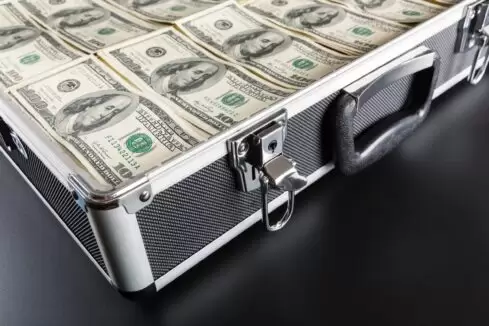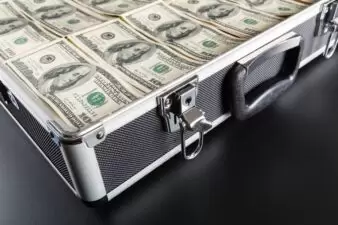
In the realm of innovation, not all successful products come from solving complex problems or advancing technology. Some of the most lucrative inventions have been surprisingly simple, even bizarre, yet they captured the public’s imagination and opened their wallets. Here are 15 of the weirdest inventions that defied expectations and turned into million-dollar successes, proving that sometimes, the most unconventional ideas have the greatest potential.
1. Pet Rock

The Pet Rock is a quintessential example of a weird yet wildly successful product. Invented in 1975 by Gary Dahl, the concept was simple: a smooth rock marketed as a low-maintenance pet. The stones were sold in custom cardboard boxes, complete with straw and breathing holes, mimicking a real pet’s living conditions. Despite its simplicity, the Pet Rock captured the public’s fancy, selling over a million units and making Dahl a millionaire.
2. The Snuggie

The Snuggie, essentially a blanket with sleeves, became a cultural phenomenon shortly after its launch. It combined the warmth of a blanket with the functionality of a robe, allowing wearers to stay warm while keeping their hands free. Marketed with quirky and memorable infomercials, the Snuggie sold millions, proving that comfort and a bit of novelty could lead to a commercial jackpot.
3. Silly Bandz
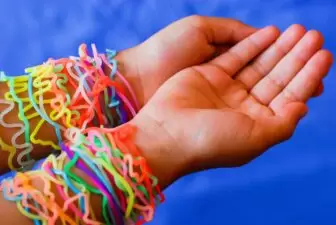
Silly Bandz, rubber bands that retained shapes like animals, objects, and letters when not in use, became an unexpected craze among children and teens. The simple concept of a wearable, collectible item that doubled as a fashion statement catapulted Silly Bandz to massive sales, with millions of packs sold, highlighting the power of tapping into youth trends.
4. The Slinky
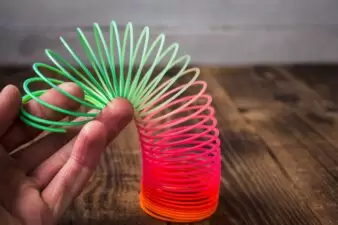
The Slinky, a pre-compressed helical spring that can “walk” down steps, was invented by Richard James in the 1940s. Initially intended to stabilize naval equipment, its unique motion captured the public’s imagination. The Slinky became a classic toy, selling in the millions and proving that even the most straightforward physics principles can entertain generations.
5. Chia Pets
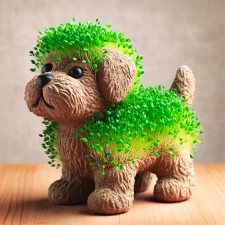
Chia Pets, terracotta figurines that sprout chia to resemble fur or hair, became popular in the 1980s. With a variety of designs and the tagline “Ch-Ch-Ch-Chia,” these quirky decorative items became a cultural icon. Their enduring appeal lies in the fun of watching them grow, leading to sustained sales over decades.
6. The Clapper

The Clapper, a sound-activated electrical switch, became famous with the slogan “Clap on, clap off!” Its appeal lay in its simplicity and the novelty of controlling lights with a clap of the hands. Despite its rudimentary technology, The Clapper found a market in those seeking convenience or with limited mobility, demonstrating the demand for simple home automation solutions.
7. Plastic Wishbones
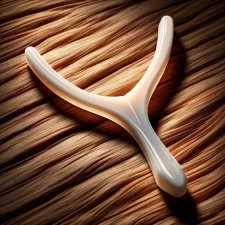
Plastic wishbones tapped into a niche market of vegetarians, vegans, and those who didn’t want to miss out on the Thanksgiving tradition of breaking a wishbone. These synthetic versions provided the experience without the need for a turkey, proving that even small traditions can be monetized with a bit of creativity.
8. Billy Bass
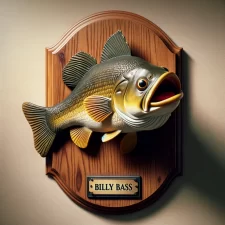
Big Mouth Billy Bass, the singing animatronic fish, became a novelty hit in the late 1990s. Mounted on a plaque, it would turn its head towards a person and sing songs like “Don’t Worry, Be Happy.” Its unexpected popularity turned it into a cultural reference point, showcasing the public’s appetite for humorous, whimsical products.
9. The Flowbee

The Flowbee, a vacuum attachment designed for cutting hair, combined the functionality of a hair clipper with the suction power of a vacuum cleaner to trim hair evenly. Despite its unconventional approach, the Flowbee gained a cult following and sold millions, illustrating the market for DIY home grooming products.
10. Hula Hoop

The Hula Hoop, a simple plastic hoop spun around the waist, hips, limbs, or neck, became an international sensation in the 1950s. Its massive popularity was driven by its simplicity and the fun, physical activity it provided, making it a staple of childhood and a multimillion-dollar product.
11. Crocs
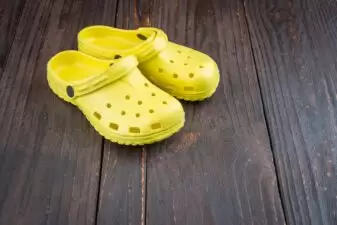
Crocs, the brightly colored, foam-clog shoes, faced initial skepticism due to their unconventional appearance. However, their unparalleled comfort and functionality won over critics, leading to widespread adoption in various settings, from casual wear to professional environments requiring long-standing hours. Their unique design and practicality turned Crocs into a multimillion-dollar footwear phenomenon.
12. Tickle Me Elmo
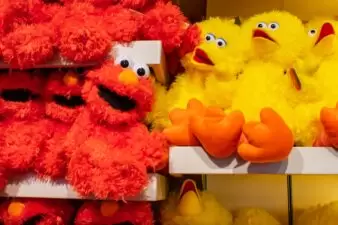
Tickle Me Elmo, a plush toy that laughs when tickled, became a must-have toy after its release, causing frenzied shopping and sell-outs. Its simple concept of interactive laughter and the association with the beloved Sesame Street character made it a holiday season sensation, illustrating the power of combining interactivity with familiar branding.
13. The Shake Weight

The Shake Weight, a modified dumbbell that oscillates, purportedly offers a more effective workout through dynamic inertia. Despite skepticism from fitness experts, its memorable and somewhat suggestive advertising made it a pop culture staple and a commercial success, demonstrating the impact of viral marketing.
14. The Banana Slicer

The Banana Slicer, a simple plastic tool designed to slice a banana into even pieces, gained popularity for its specificity and simplicity. While slicing a banana is hardly a challenge, the novelty and convenience of the Banana Slicer appealed to many, showing that even the most mundane tasks can be monetized with the right product.
15. Potty Putter
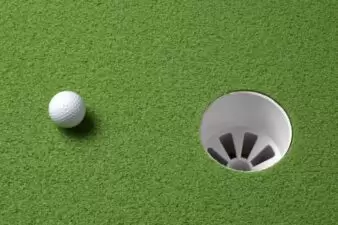
The Potty Putter, a mini golf set designed to be used while sitting on the toilet, turned bathroom time into game time. This humorous and quirky product found its niche market among those looking for entertainment in unexpected places, proving that with the right angle, even the most bizarre product ideas can find a willing audience.
What You Can Learn from the Weirdest Inventions

Ultimately, these 15 inventions demonstrate that innovation doesn’t always have to be groundbreaking or solve complex problems. Sometimes, the weirdest, simplest ideas resonate with the public, resulting in surprising success. These examples serve as inspiration for aspiring inventors to think outside the box, as the next million-dollar idea could come from the most unexpected places.
Catherine is a tech-savvy writer who has focused on the personal finance space for more than eight years. She has a Bachelor’s in Information Technology and enjoys showcasing how tech can simplify everyday personal finance tasks like budgeting, spending tracking, and planning for the future. Additionally, she’s explored the ins and outs of the world of side hustles and loves to share what she’s learned along the way. When she’s not working, you can find her relaxing at home in the Pacific Northwest with her two cats or enjoying a cup of coffee at her neighborhood cafe.

